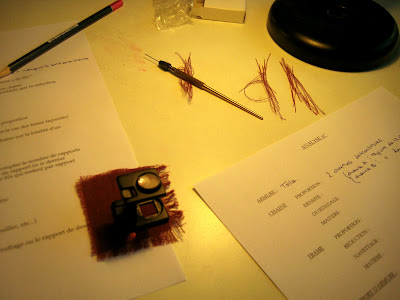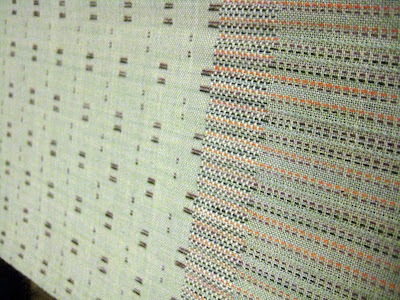Ok so this is where it started.....


This is where it almost ended (for me anyway as a second A&E visit looked to be quite a probable outcome)......



And it was all in aid of this.......


I really don't know how to begin explaining as I myself am still trying to figure out if it was a dream or not!
From what I can gather (I think I would have got confused had the tour guide spoken English let alone in complete French) the whole experience was in the name of contemporary art. The project- REVOLUTION IS NOT A PIQUE-NIQUE provides a new, unique concept. That of co-ownership of contemporary art. The wardrobe was crafted in the Ardeche region of France. Since it's creation, the artists have offered the public a chance to buy a key to open the wardrobe for 5 euros (the cost of a duplicate key). I think that to date there are around 240 key holders and therefore co-owners of the wardrobe. Once made the wardrobe was then put out to sit amongst the Ardeche wild landscape with no shelter for 3 years. The co-owners had to attend meetings and maintain and care for the wardrobe through oiling etc. In addition, the artists allowed them to place objects within the wardrobe if they wished. So the three years ended and now the wardrobe has been moved here to Paris. It is actually located in my area, Porte de Vincenne, a stones throw away from my flat. The artist chose the location- a quiet courtyard of a 1930s red brick social housing complex. A grand party was held with singing, recitals etc at its placement. And it is here that it will sit for another 3 years until it will be moved to a location yet to be disclosed in Japan.
The guide, Ivan lives within one of the 1930s apartments and has began a new concept of a gallery. Work is shown in the caretakers room of each block as well as being discreetly placed all around the interior and exterior of the buildings. Works which I liked in particular were a cherry tree in the courtyard who's roots had been covered in gold leaf and a rather interesting sound installation- that of a cuckoo which is timed to sound in the courtyard twice daily at random times and its presence is totally unknown to the residents. As we are being asked to give much thought to the evolution of galleries, this concept seemed rather new and unusual. To be honest, I believe its accessibility (one has to arrange with Ivan an appointment to view the works) poses a problem for me. I understand that the choice of the location within a residential complex which houses people that on the whole don't have a great interest in contemporary art is a brilliant idea. It involves and provokes interest amongst a target audience who would otherwise dismiss this type of art as a waste of time and space. However the necessity of an appointment for the general public means that at the same time it is building boundaries and restrictions. I find the two ideas rather conflicting. Unusual locations, like the échos exhibition in the grand townhouse Musée Nissim de Camondo can often cause work to lose its credibility and its message. Although this type of exhibition is becoming increasingly popular at the moment, I doubt its longevity.













































